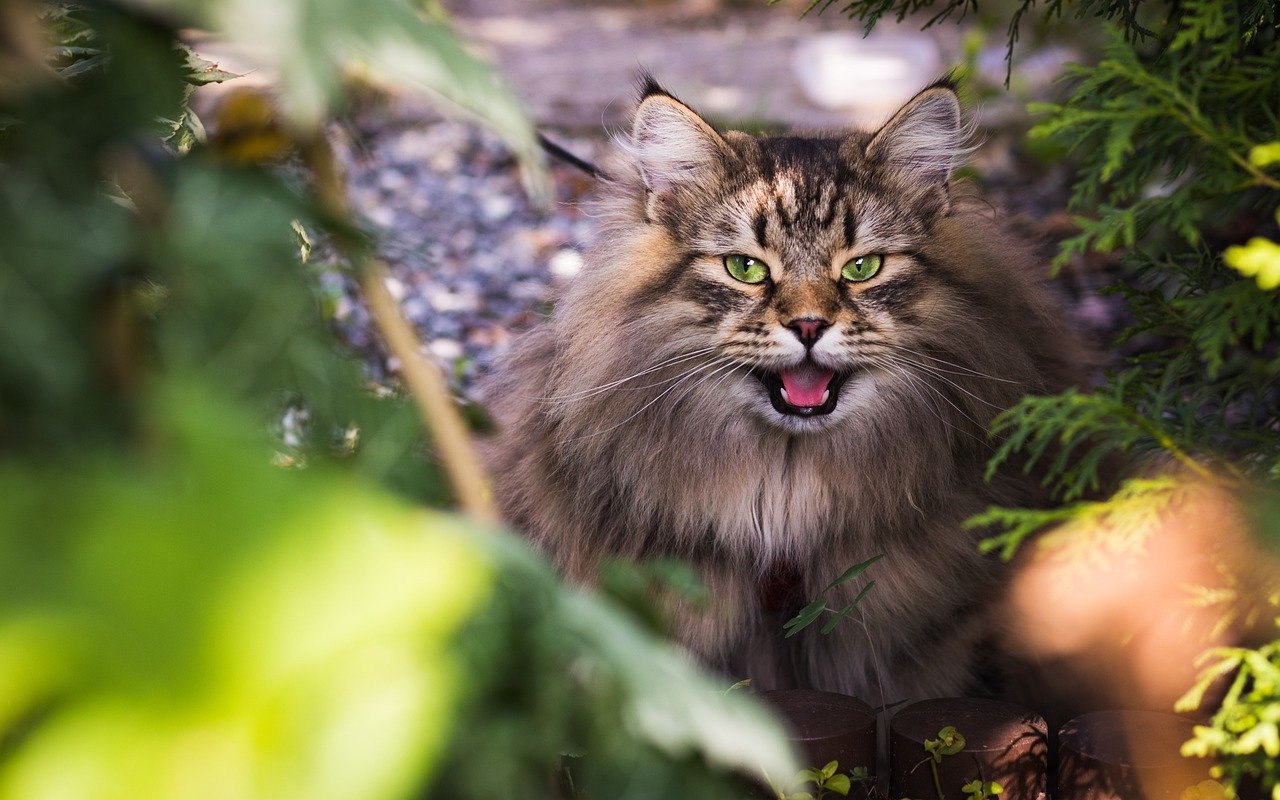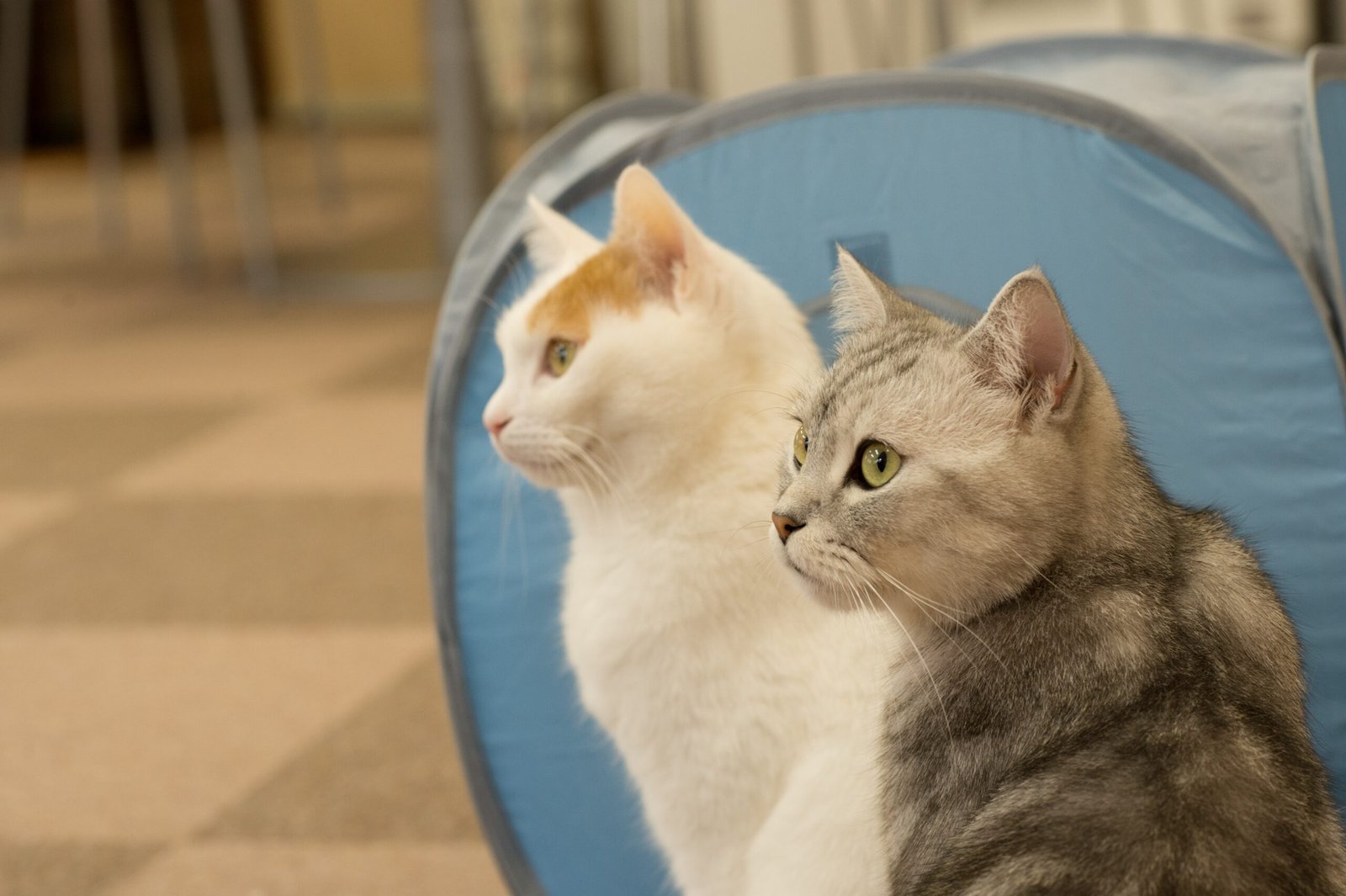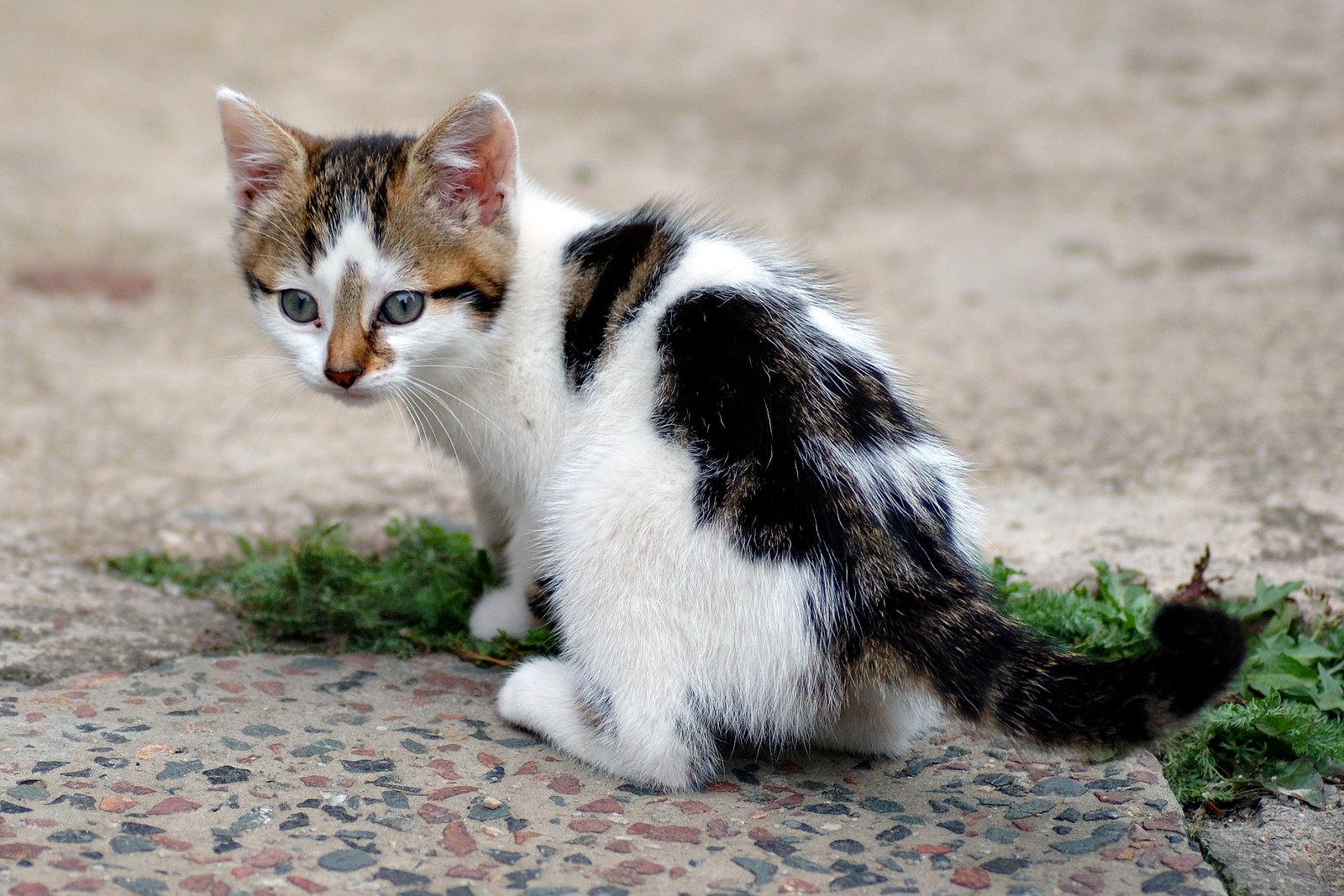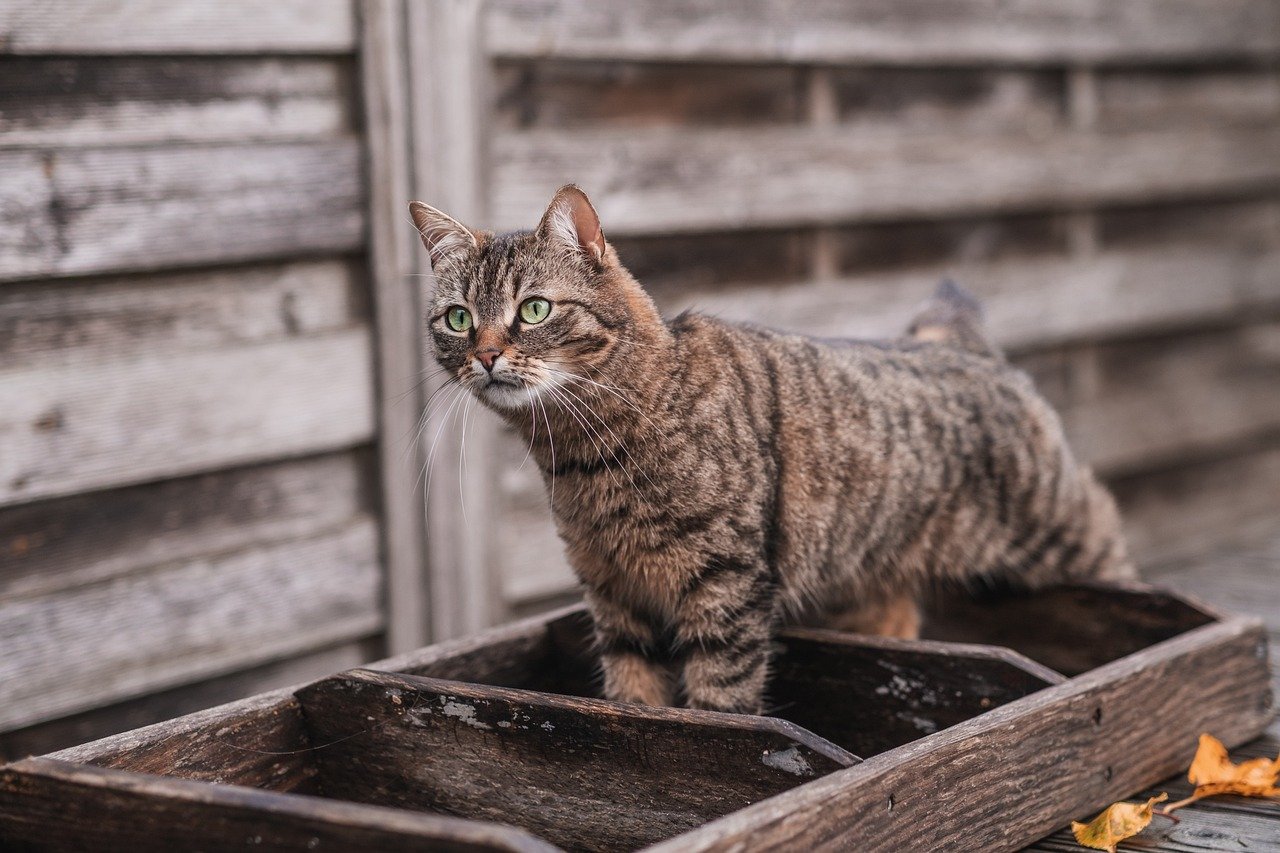Welcoming a cat into a new home is a joyous event, but it often presents a unique challenge: helping your feline friend feel comfortable and confident in their new surroundings. Cats, by nature, are creatures of habit and can be quite sensitive to changes in their environment. This sensitivity can sometimes lead to anxiety or stress when introduced to a new place. However, with patience, understanding, and some helpful strategies, you can assist your cat in settling down and feeling secure. Let’s explore various ways to help your cat build confidence in their new environment.
Understanding Your Cat’s Personality
Every cat has a distinct personality, much like humans. Some cats are naturally more outgoing and adventurous, while others are shy and reserved. It’s crucial to understand your cat’s personality to help them adjust to a new environment. By observing how they react to new situations, noises, and people, you can tailor your approach to suit their needs. This understanding helps you create a personalized plan to ease their transition, ensuring they feel safe and loved.
Creating a Safe Space

One of the first steps in helping your cat adjust is to create a safe space just for them. This could be a cozy corner with their bed, some toys, and a scratching post. A designated area allows your cat to retreat when they feel overwhelmed, offering them a sense of security. Make sure this space is quiet, away from loud noises or high traffic areas, providing a peaceful sanctuary where they can relax and observe their new surroundings.
Gradual Introduction to New Spaces
Instead of allowing your cat to roam freely in the entire house from day one, introduce them to new spaces gradually. This method helps prevent them from feeling overwhelmed. Start by confining them to a single room and then slowly opening up new areas as they become more comfortable. By taking it step by step, your cat will have the opportunity to explore and adapt at their own pace, building confidence with each new discovery.
Using Familiar Scents

Cats rely heavily on their sense of smell to navigate their world. Introducing familiar scents can be incredibly comforting to them. Consider bringing items from their previous environment, like their favorite blanket or toy, into the new space. These familiar smells can provide reassurance and help your cat feel more at home. You might also consider using pheromone diffusers to mimic natural cat scents, which can have a calming effect.
Providing Ample Hiding Spots

Having plenty of hiding spots available can make a world of difference for a nervous cat. These spots allow them to retreat and feel safe when they need a break from their new environment. Whether it’s under a bed, inside a closet, or in a specially designed cat cave, these hiding places offer your cat a sense of control and security. Ensuring they have easy access to these areas can significantly reduce their anxiety.
Establishing a Routine
Cats thrive on routine and predictability. Establishing a consistent daily routine can help your cat feel more secure in their new environment. Feed them at the same times each day, and engage in regular playtime to create a sense of normalcy. Consistency helps your cat understand what to expect, reducing stress and promoting confidence. Moreover, it strengthens the bond between you and your feline companion.
Encouraging Exploration

Encouraging your cat to explore their new environment is essential for building confidence. Use interactive toys or treats to entice them to venture into new areas. Make exploration a fun and rewarding experience, allowing them to associate positivity with their new surroundings. By turning exploration into a game, you can help them overcome any hesitation or fear, paving the way for a comfortable transition.
Maintaining a Calm Atmosphere
A calm and quiet atmosphere is vital for helping your cat adjust to a new environment. Avoid loud noises, sudden movements, or chaotic situations that might startle them. If you have other pets or young children, ensure they understand the importance of giving the new cat space and time to acclimate. Your calm demeanor can also influence your cat’s behavior, helping them feel more at ease in their new home.
Positive Reinforcement

Positive reinforcement is a powerful tool in helping your cat build confidence. Praise and reward them with treats when they exhibit brave behavior, such as exploring a new room or interacting with family members. Positive reinforcement encourages your cat to repeat these actions, reinforcing their confidence. Over time, these small victories add up, leading to a more self-assured and content feline.
Providing Vertical Spaces

Cats love to climb and observe their surroundings from a high vantage point. Providing vertical spaces, such as cat trees or shelves, allows them to feel more secure. These elevated areas give your cat control over their environment, enabling them to survey their territory with confidence. Vertical spaces also offer a form of exercise, contributing to their overall well-being.
Introducing New Family Members Slowly

If your cat is joining a household with other pets or family members, introduce them gradually. Allow them to become familiar with each other’s scents before any face-to-face meetings. Use baby gates or closed doors to facilitate this process, giving them time to adjust to the presence of others at their own pace. Slow introductions prevent any potential conflicts and help foster positive relationships.
Using Play to Build Confidence

Play is an excellent way to build your cat’s confidence while also strengthening your bond. Engage in interactive play sessions using toys that mimic prey, such as feather wands or laser pointers. These activities can help your cat release pent-up energy, reduce stress, and develop a sense of accomplishment. Regular play sessions are not only enjoyable but also immensely beneficial for their mental and physical health.
Monitoring for Signs of Stress

Keep a close eye on your cat for any signs of stress or anxiety. Changes in behavior, such as excessive hiding, aggression, or loss of appetite, may indicate that your cat is struggling to adapt. By recognizing these signs early, you can take appropriate measures to address their needs. Consulting with a veterinarian or animal behaviorist can also provide valuable insights and guidance.
Offering Consistent Affection

Affection plays a significant role in helping your cat feel secure and loved. Spend quality time with your feline companion, offering gentle pets and cuddles. Each cat has its own comfort level with physical affection, so be attentive to their cues and preferences. Your consistent presence and affection reassure your cat that they are safe and cherished in their new home.
Encouraging Socialization

Socialization is essential for building your cat’s confidence, especially if they are more reserved by nature. Gradually expose them to new people and experiences, providing positive interactions at their pace. Encourage friends and family to offer treats or engage in play, creating positive associations with new faces. Over time, your cat will become more comfortable and open to social interactions.
Utilizing Puzzle Feeders
Puzzle feeders are a fantastic way to engage your cat’s mind and build confidence. These interactive feeders challenge them to work for their food, stimulating their natural hunting instincts. Not only do puzzle feeders provide mental enrichment, but they also help reduce boredom and anxiety. Incorporating these feeders into their routine can be a fun and rewarding experience for your cat.
Practicing Patience

Patience is perhaps the most crucial aspect of helping your cat adjust to a new environment. Every cat is unique, and their timeline for acclimating will vary. Be patient and understanding, offering support and encouragement without rushing the process. Celebrate small milestones along the way, acknowledging your cat’s progress as they become more comfortable and confident.
Seeking Professional Guidance
If your cat continues to struggle despite your best efforts, seeking professional guidance can be beneficial. A veterinarian or animal behaviorist can provide valuable insights and recommendations tailored to your cat’s specific needs. They can help identify any underlying issues and develop a comprehensive plan to address them, ensuring your cat’s well-being and happiness.
Building a Lasting Bond
Ultimately, helping your cat build confidence in a new environment is about nurturing a lasting bond. Through understanding, patience, and love, you create a safe and supportive space where your cat can thrive. This journey strengthens the connection between you and your feline friend, fostering trust and companionship that will endure for years to come.
Hi, I’m Bola, a passionate writer and creative strategist with a knack for crafting compelling content that educates, inspires, and connects. Over the years, I’ve honed my skills across various writing fields, including content creation, copywriting, online course development, and video scriptwriting.
When I’m not at my desk, you’ll find me exploring new ideas, reading books, or brainstorming creative ways to solve challenges. I believe that words have the power to transform, and I’m here to help you leverage that power for success.
Thanks for stopping by, Keep coming to this website to checkout new articles form me. You’d always love it!






